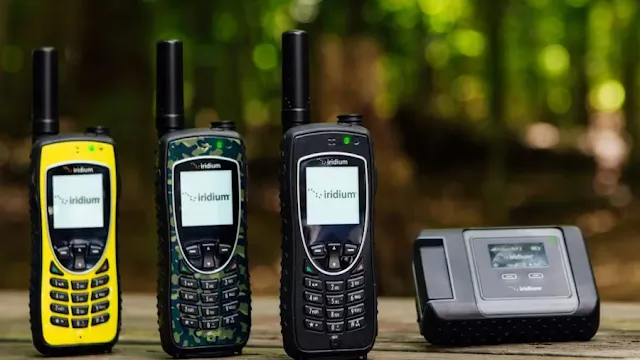Prohibited Items You Can't Bring into India
Traveling to India presents an opportunity to immerse yourself in its rich tapestry of culture, history, and culinary delights. However, as with any international travel, understanding and respecting local laws and regulations, especially concerning what you can and cannot bring into the country, is crucial. India has strict customs regulations designed to protect its cultural heritage, economy, and environment. Knowing these rules can help ensure your entry into India is as smooth as the serene waters of the Ganges. Here’s a comprehensive guide on items prohibited from entering the borders of India.
Absolutely Prohibited Items
Certain items are outright banned from being brought into India, under any circumstances. These include:
- Narcotic Drugs and Psychotropic Substances: Unsurprisingly, carrying drugs into India is strictly prohibited, with severe penalties for violations.
- Wildlife Products: The import of wildlife and wildlife products is banned, including ivory, fur, and certain animal skins. This measure is in place to combat illegal wildlife trafficking and protect endangered species.
- Counterfeit Currency and Goods: Carrying fake currency notes or counterfeit branded goods into India is illegal and subject to strict penalties.
- Pornographic Material: Any form of pornographic material is not allowed to be brought into India. This includes books, magazines, films, and any digital media.
Restricted Items
Some items may be brought into India but are subject to certain restrictions and may require a special license or permission:
- Firearms and Ammunition: Bringing weapons and ammunition into India is strictly controlled and allowed only with specific authorization from the Indian government.
- Wireless Equipment: Importing satellite phones or drones without prior permission from the Department of Telecommunications in India is prohibited.
- Medications: While travelers are allowed to bring in medications for personal use, there are restrictions on certain drugs, especially narcotics and psychotropics. A prescription or a medical certificate is required to carry such medications.
Food and Agricultural Products
To protect India's agricultural sectors from foreign pests and diseases, there are strict regulations on importing:
- Seeds, Plants, and Fruits: The import of seeds, plants, and fruits is highly regulated and generally requires a phytosanitary certificate to ensure they are free from pests.
- Meat and Meat Products: The import of meat and meat products, including poultry, is restricted to prevent the spread of diseases like avian influenza.
Cultural Artifacts and Antiquities
India prohibits the export of its cultural artifacts and antiquities to preserve its rich heritage. While this primarily affects items being taken out of India, it also influences what can be brought in, especially if items could be considered part of another country's heritage.
General Guidelines for Travelers
- Declare All Items: When in doubt, declare your items. It's always better to be transparent with customs officials to avoid any potential issues.
- Check for Updates: Customs regulations can change, so it's advisable to check the latest guidelines from the Indian Customs website before your trip.
- Consider Cultural Sensitivities: India is a country with deep cultural and religious sensibilities. Avoid bringing in items that could be considered offensive or disrespectful.
Understanding what is not allowed to bring into India is essential for any traveler wishing to explore this diverse and beautiful country. By respecting these regulations, you contribute to the preservation of India’s environment, cultural heritage, and public health. Always plan ahead, stay informed, and when in doubt, consult the Indian Customs website or contact the nearest Indian consulate for guidance. Safe travels, and welcome to India—a land of remarkable diversity and tradition!
Permitted and Prohibited Items











